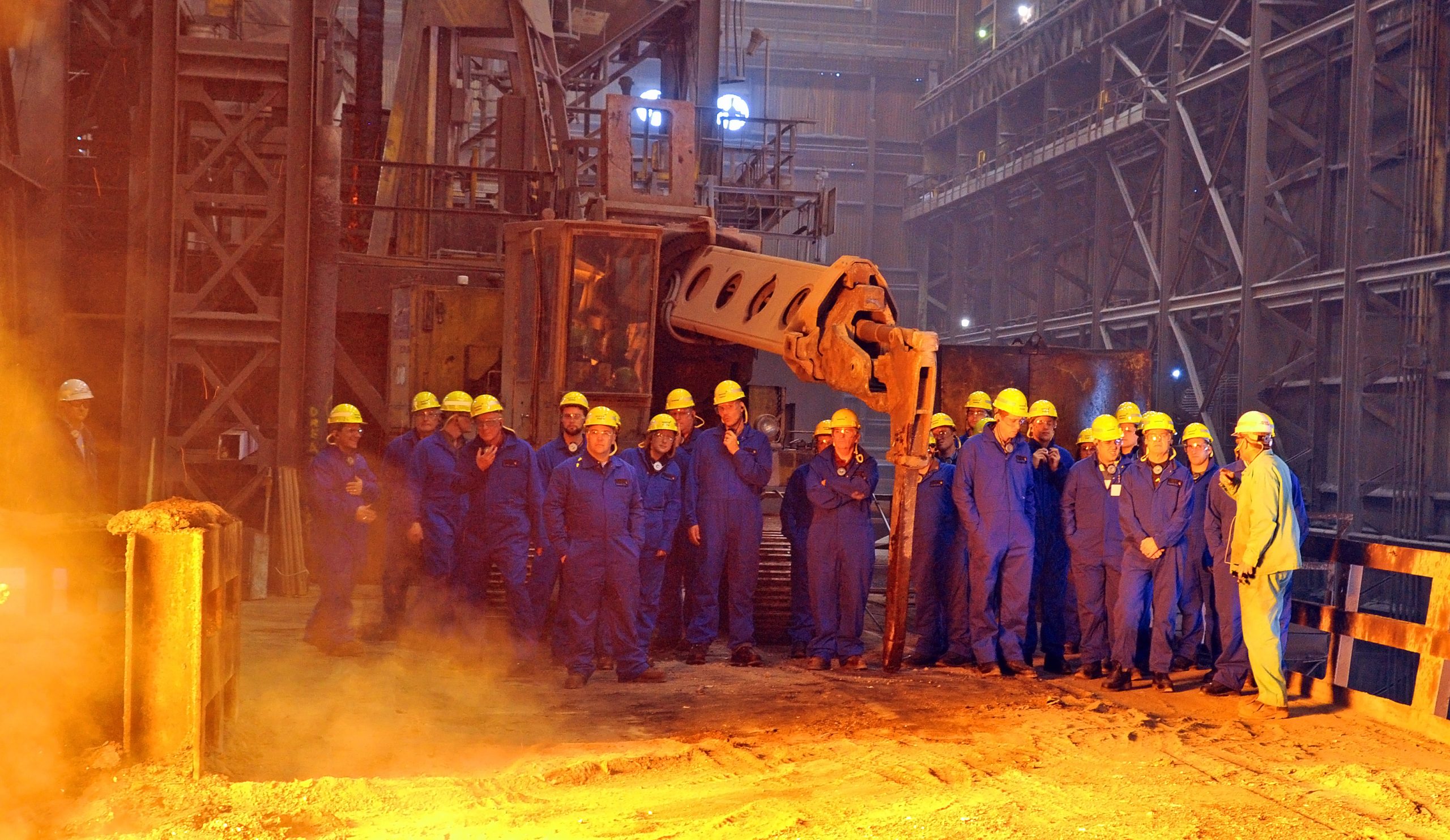Analysis

March 23, 2018
New Home Sales Dip in February; Lumber Tariffs Push Up Costs
Written by Sandy Williams
New home sales dipped 0.6 percent in February to a seasonally adjusted annual rate of 618,000, according to the latest data from the Department of Commerce. The rate was 0.5 percent higher than the February 2017 estimate.
“The recent upward revisions to the sales numbers reflect our forecast for a gradual strengthening of the single-family housing sector in 2018,” said National Home Builders Association Chief Economist Robert Dietz. “Demographic tailwinds point to higher demand for single-family homes in the months ahead. Combined with solid job market data, we expect more consumers to enter the housing market this year.”
Sales in the Northeast jumped 19.4 percent and increased by 9 percent in the South. Sales in the West plunged 17.6 percent and fell 3.7 percent in the Midwest.
The median sales price in February 2018 was $326,800 and the average sales price was $376,700.
The seasonally-adjusted estimate of new houses for sale at the end of February was 305,000, representing a supply of 5.9 months at the current sales rate.
Higher Lumber Prices Impact Affordability
Residential contractors have been concerned about the softwood lumber trade dispute with Canada. U.S. tariffs of 20 percent on Canadian softwood lumber exports to the U.S. are causing market volatility, said the National Association of Home Builders. According to NAHB economists, “the changes in lumber prices between Jan. 6, 2017, and March 16, 2018, are enough to increase the price of an average new single-family home by $6,388, and the market value of an average new multifamily housing unit by $2,430.” Higher lumber prices are hurting both builders and consumers.
U.S. Trade Representative Robert Lighthizer sees little hope in resolving the issue. “As far as I am concerned, this is a function of the trade laws working the way Congress designed them to work,” Lighthizer told the House Committee on Ways and Means on March 21.
“I wouldn’t put it at zero, but it’s unlikely that I’m going to end up solving this issue,” Lighthizer added. “Right now the positions are kind of intractable.”







